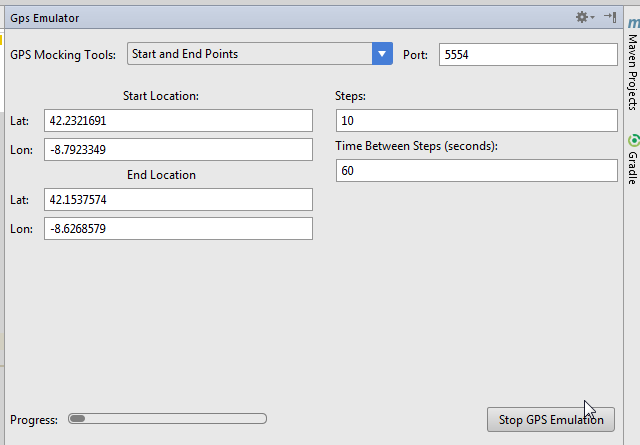

- #ANDROID STUDIO PLUGIN LOCATION HOW TO#
- #ANDROID STUDIO PLUGIN LOCATION APK#
- #ANDROID STUDIO PLUGIN LOCATION GENERATOR#
- #ANDROID STUDIO PLUGIN LOCATION ANDROID#
The code acts as just another source folder.The manifest is merged into the app manifest.The code/resources of the BuildType are used in the following way: Different resources for debug mode (for instance when a resource value is tied to the signing certificate).Permissions in debug mode only, but not in release mode.Tip: remember that you can type gradle aJ to run the assembleJnidebug task. According to this rule, adle snippet above will also generate an assembleJnidebug task, and assemble would be made to depend on it the same way it depends on the assembleDebug and assembleRelease tasks. When the debug and release Build Types are pre-created, their tasks are automatically created as well. The assembleDebug and assembleRelease tasks have already been mentioned, and this is where they come from. This means the Build Type names cannot be main or androidTest (this is enforced by the plugin), and that they have to be unique.Īdditionally, for each Build Type, a new assemble task is created, e.g. src/debug/java directory can be used to add sources that will only be compiled for the debug APK. In addition to modifying build properties, Build Types can be used to add specific code and resources. For each Build Type, a new matching sourceSet is created, with a default location of src//, e.g. See the DSL Reference for a list of all properties that can be configured on a build type. Keep configuring the jnidebug, by enabling debug build of the JNI component, and add a different package suffix.Ĭreating new Build Types is as easy as using a new element under the buildTypes container, either to call initWith() or to configure it with a closure.Creates a new BuildType called jnidebug and configure it to be a copy of the debug build type.
#ANDROID STUDIO PLUGIN LOCATION APK#
debug to be able to install both debug and release apk on the same device

#ANDROID STUDIO PLUGIN LOCATION ANDROID#

And then click on Settings as shown below.
#ANDROID STUDIO PLUGIN LOCATION GENERATOR#
Examples of plugins include the kotlin plugin for Android Studio 2.3.3, the android parcelable code generator plugin, Android Material Design Icon generator, Butterknife Zelezny, and so many others. This helps in increasing the developers efficiency. A plugin is usually designed to augment for some specific features that a program did not originally come with. A plugin is a feature specific component added to a program such as an IDE (in this case Android Studio). Follow along as we walk through.įor someone who does not know what a plugin is, here is a simple definition.

This article will address that concisely.
#ANDROID STUDIO PLUGIN LOCATION HOW TO#
Some times little but important things like how to install a plugin can just skip ones memory or better still beginners might be trying out a tutorial and wondering, how can a plugin be installed on Android Studio.


 0 kommentar(er)
0 kommentar(er)
